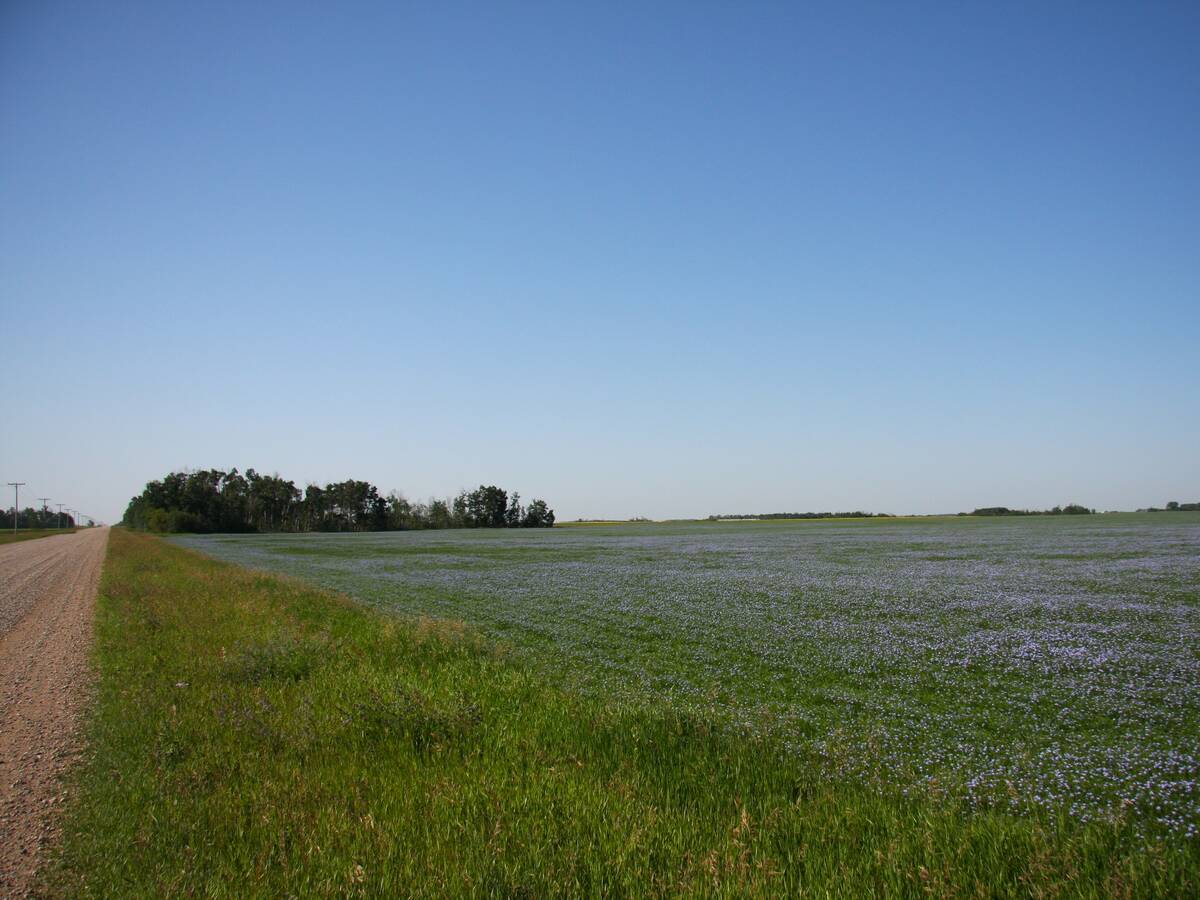BANFF, Alta. — Irrigation may have to increase as pressure mounts to feed nine billion people within 50 years.
Agriculture is often criticized for its heavy use of water for irrigation, but strategic decisions must be made as more food is needed.
“We are going to grow food in areas that are highly variable for water supply and climate,” said David Hill, executive director of Alberta Innovates, a provincial government agency that leads and co-ordinates research.
“The only way we are going to make progress is getting right at the prickly questions that we don’t want to have to face and figure out what we can do about it,” he said a recent science forum in Calgary.
Read Also

Farmland advisory committee created in Saskatchewan
The Saskatchewan government has created the Farm Land Ownership Advisory Committee to address farmer concerns and gain feedback about the issues.
Scientists like David Chenasyk of the University of Alberta’s renewable resources department supports strategic irrigation to feed more people.
“We can use irrigation to increase food production and if there is any hope for feeding nine billion, my belief is that is where it is going to have to come from,” he said at the Alberta Institute of Agrologists conference on water in Banff April 3-5.
He said water farms could be developed in the future whose sole role is to generate water.
“If you can sell power to the grid, why can’t you sell water to the grid?”
Strategic reservoirs are also needed to capture water during a flood. Using aquifers as underground reservoirs are another possibility, and wetlands need to be appreciated for their ability to store water.
The province is currently assessing wetlands because there has been no co-ordinated policy, said Andy Ridge of Alberta Environment.
Wetland mapping is underway to take a provincial inventory, which should be completed this spring.
The department is also attempting to calculate how much it will cost to mitigate wetlands and if some are more valuable than others.
About 85,000 acres of wetlands have been created or enhanced with irrigation water, said Shelley Woods of Alberta Agriculture.
Part of the wetlands program came from some of the major strides made in water conservation.
The irrigation systems started to deliver water to southern Alberta farms in 1911. Today, 4.1 billion cubic metres are allocated for irrigation, but only 1.7 billion cubic metres are used in an average year.
Water use has been reduced with installation of underground pipelines, improved liners in surface canals and highly efficient sprinkling systems.
Old systems using surface systems collected 30 percent of the water and the rest flowed or drained away.
“These technological improvements have seen enormous gains in water efficiency,” she said.














